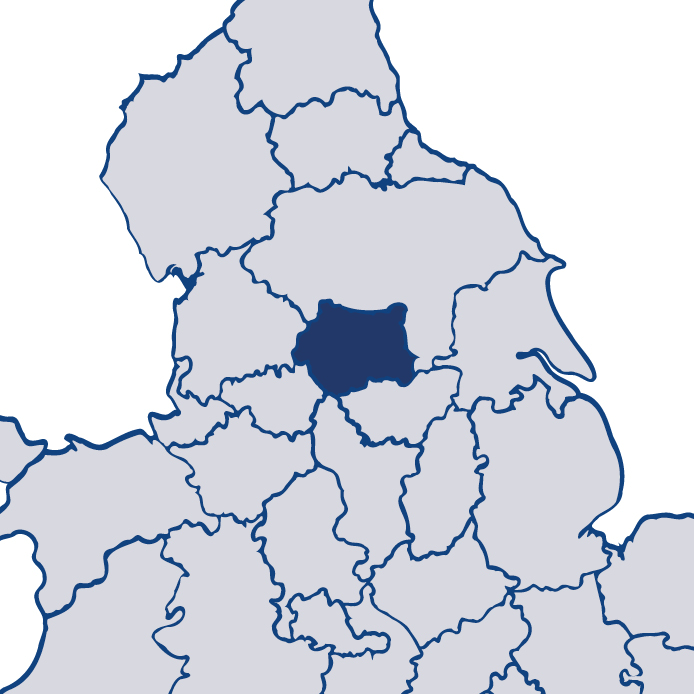West Yorkshire 2017
Read more about West YorkshireThis is HMICFRS’ fourth PEEL (police effectiveness, efficiency and legitimacy) assessment of West Yorkshire Police. PEEL is designed to give the public information about how their local police force is performing in several important areas, in a way that is comparable both across England and Wales, and year on year. The assessment is updated throughout the year with our inspection findings and reports.
The extent to which the force is effective at keeping people safe and reducing crime is good.
The extent to which the force is efficient at keeping people safe and reducing crime is good.
The extent to which the force is legitimate at keeping people safe and reducing crime is good.
HMI's observations
Read my assessment of West Yorkshire Police below.
I am pleased with the performance of West Yorkshire Police in keeping people safe and reducing crime. I am particularly pleased with the improvements the force has made in preventing crime and protecting vulnerable people.
However, I have concerns about some aspects of its investigations; the force needs to address these to provide a consistently good service. In particular, it needs to improve its approach to criminal investigations, with a specific focus on initial enquiries and the quality of supervision of investigations.
The force has a good understanding of the skills and capabilities of its workforce. It is scenario-planning for the future and has plans in place to deal with forthcoming funding challenges.
The force treats members of the public with fairness and respect, and we found a notable improvement in how it treats its own workforce.
Overall, I commend West Yorkshire Police for maintaining the standard of its performance since last year.
Effectiveness
How effective is the force at keeping people safe and reducing crime?
Efficiency
How efficient is the force at keeping people safe and reducing crime?
Legitimacy
How legitimate is the force at keeping people safe and reducing crime?
Other inspections
How well has the force performed in our other inspections?
In addition to the three core PEEL pillars, HMICFRS carries out inspections of a wide range of policing activity throughout the year. Some of these are conducted alongside the PEEL inspections; others are joint inspections.
Findings from these inspections are published separately to the main PEEL reports, but are taken into account when producing the rounded assessment of each force's performance.






